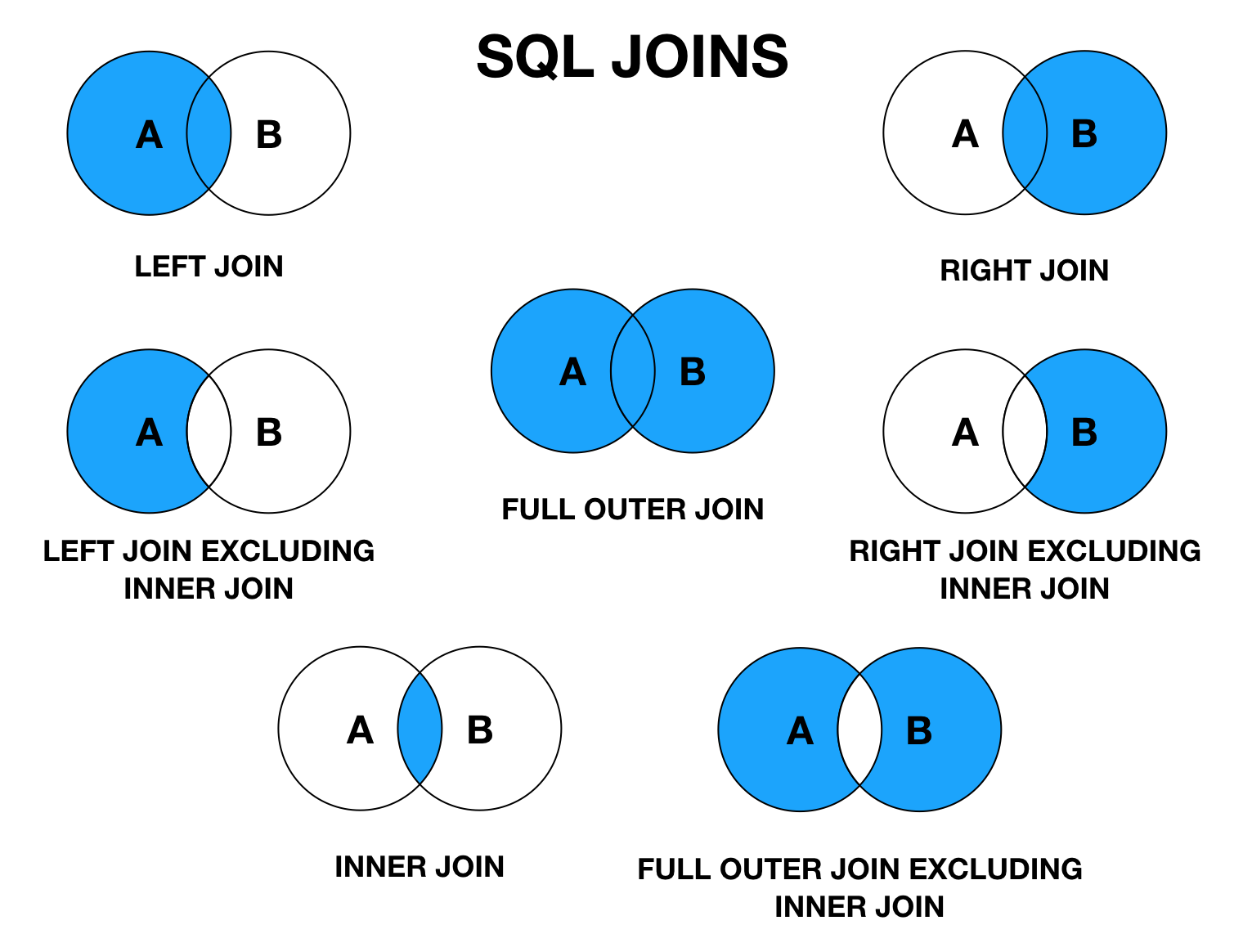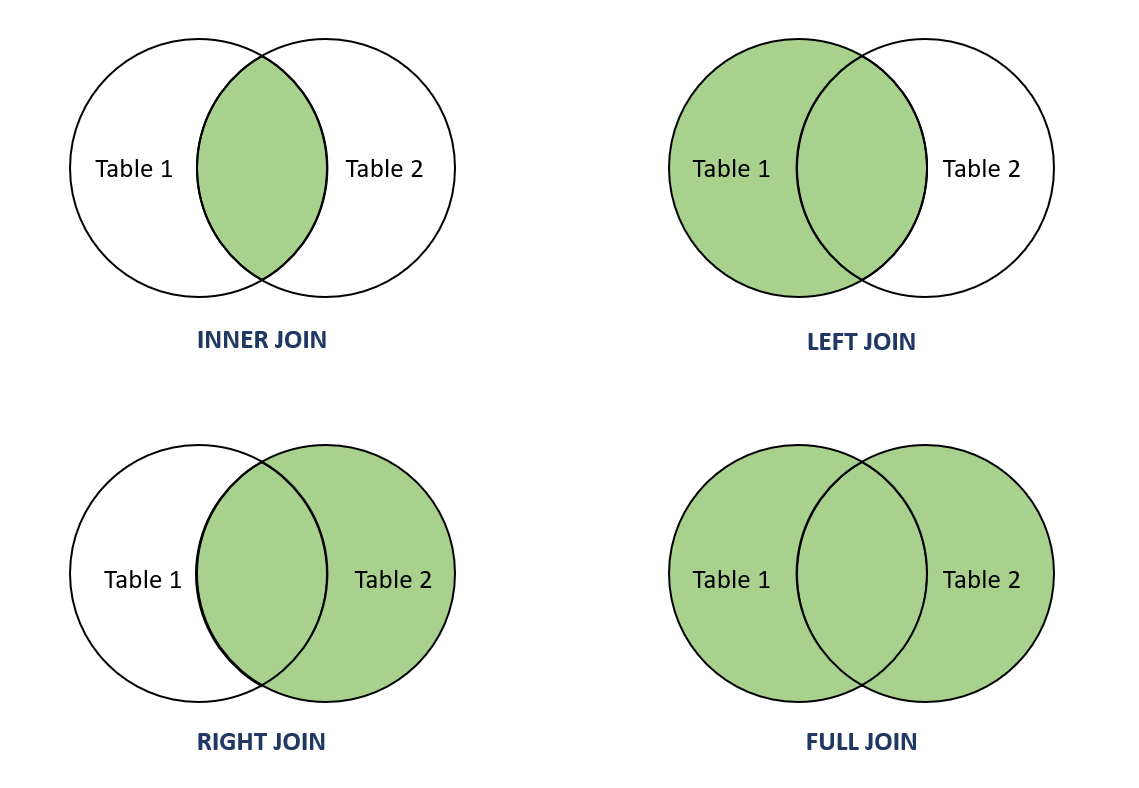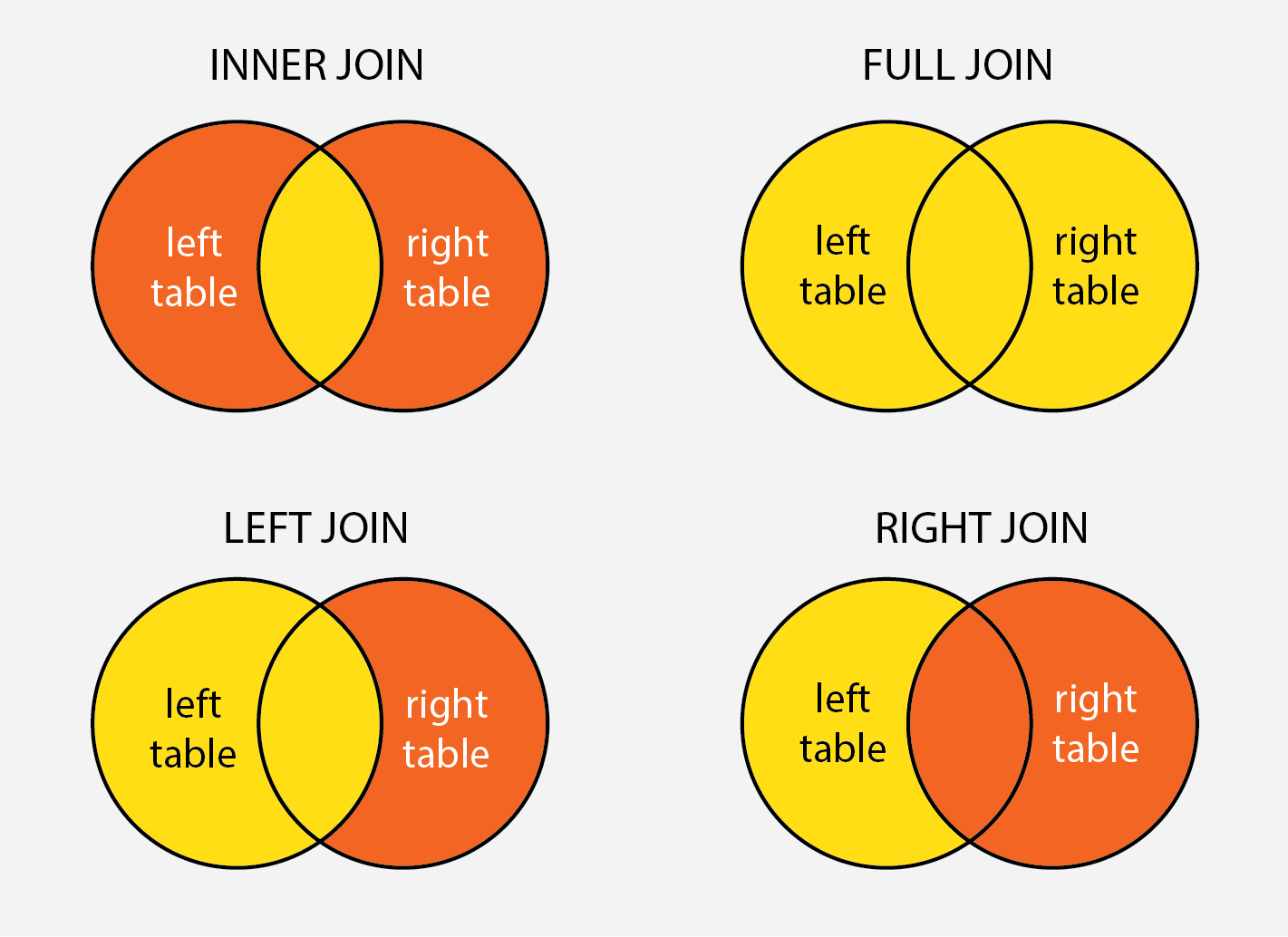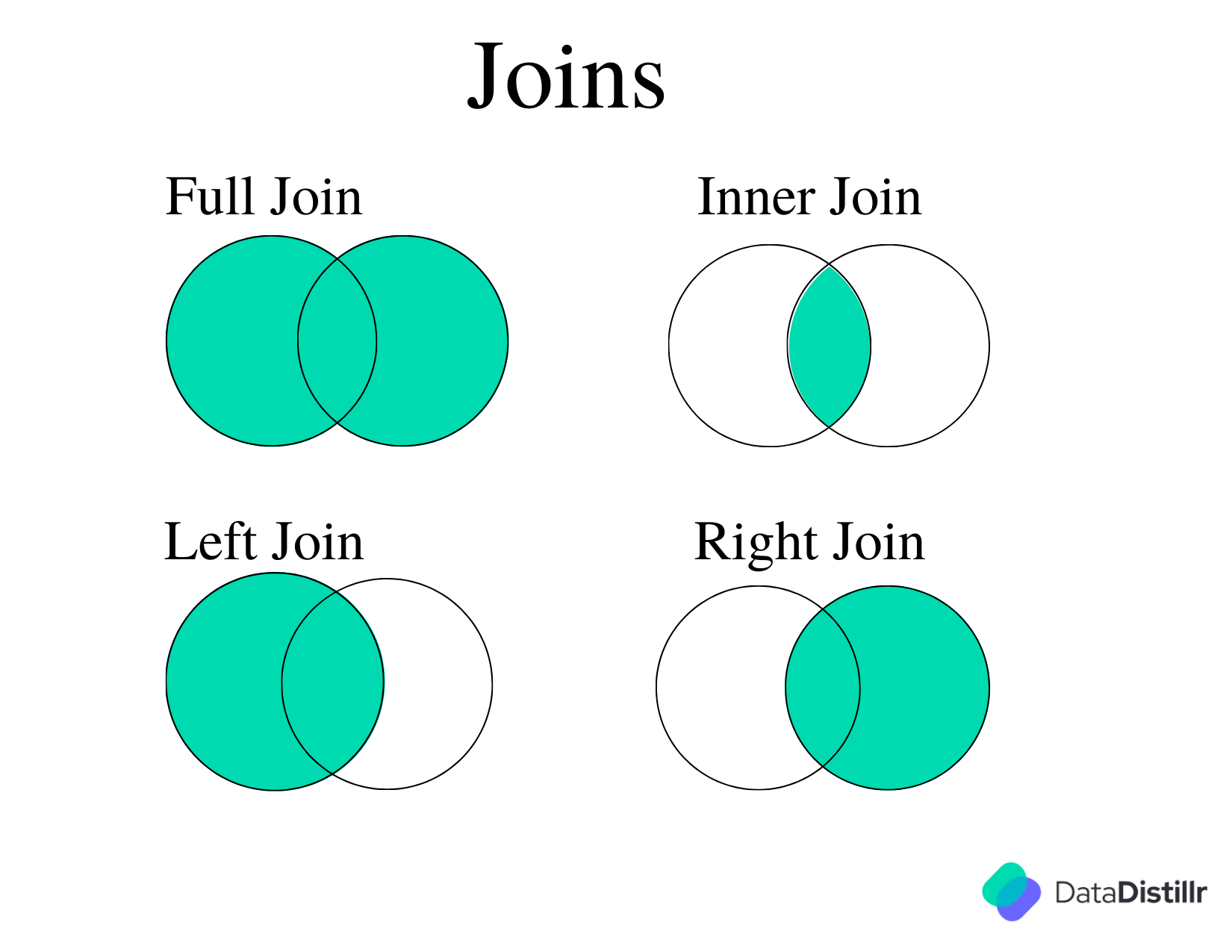· oracle recommends that you use the from clause outer join syntax rather than the oracle join operator. · instead, you simply join to both tables, and in your select clause, return data from the one that matches: The same can be said about the right join and right outer join relationship. Inner join gets all records that are common between both tables based on the supplied on clause. I suggest you to go through this link conditional joins in sql server and t … However, for dataframe2 you have specified. iloc which allows you to specific the rows and columns you want in a numerical format. Left join gets all records from the left linked and the related record from the right … The fact that when it says inner join, you can be sure of what it does and that its supposed to be just that, whereas a plain join will leave you, or someone else, wondering what the standard said … The former is the shorthand for the latter. Outer join queries that use the oracle join operator (+) are subject to … · 6 a interesting writeup on the logical differences: · left join and left outer join are one and the same. Join vs in vs exists - the logical difference i am pretty sure that assuming that the relations and indexes are … · you have chosen to do an outer left join on key. Peter paul mary is there an easy way to turn this into a single string of peter, paul, mary? · for a delete query requirig a join, this example will delete rows that are unmatched in the joined table docx_document and that have a create date > 120 days in the … Im pretty new to python and am completely confused by. join() which i have read is the preferred method for concatenating strings. Strid = repr(595) print array. array(c, random. sample( · consider a database table holding names, with three rows:
Join The Movement: Coalition Fights To Save Irreplaceable Brutalist Studio
· oracle recommends that you use the from clause outer join syntax rather than the oracle join operator. · instead, you simply join to both...




